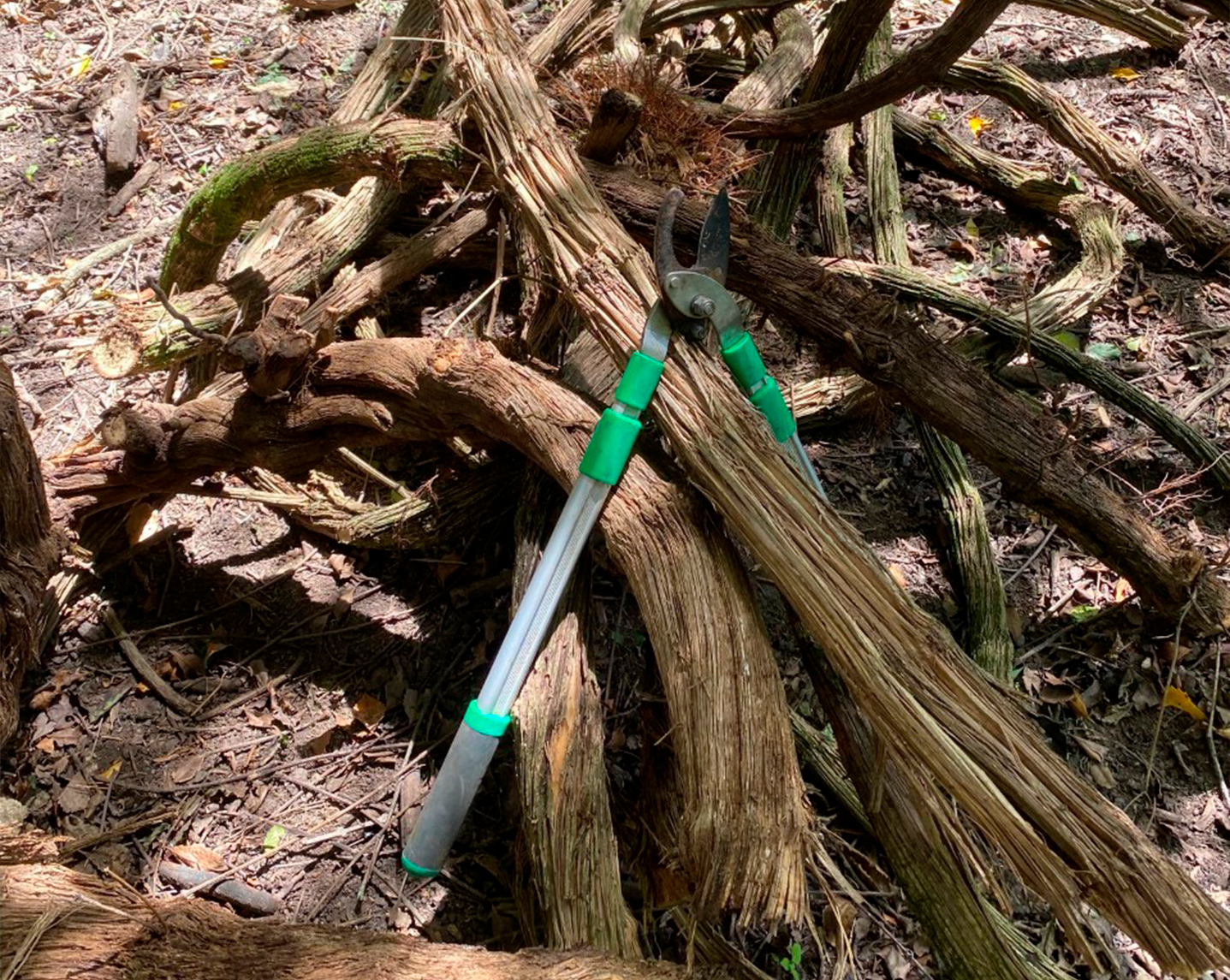Pest plant control 101
Know what pest you’re dealing with
Correctly identifying which pest plant you’re working with is the first step. This way you can select the most appropriate control method.
Dealing with vines can be different to dealing with shrubs and grasses. Knowing which weed you’re working with and how it grows indicates the best way to keep it away.
Note that some pest plants can look very similar to native species, so it always pays to double-check so native plants don’t become collateral damage.
For example, Old Man’s Beard (Clematis vitabla) is often confused for other clematis species including Native clematis (clematis foetida) and Puawhananga (Clematis paniculata). Pampas grass and Austroderia (Toetoe) are also often mistaken for each other.
If you’re unsure and would like a second opinion, you can upload images to the iNaturalist app and have others around the country confirm what species you’re working with.
Click here to learn about some of the more problematic pest plants in the Rangitīkei
Deal with weed waste responsibly
Some weeds such as OMB grow on other trees, so the right control methods need to be selected to avoid damaging the host tree and other plants in the area.
If choosing to spray weeds, choose calm weather and choose a selective herbicide and protect plants you don’t want sprayed. Timing your weed control work before plants begin to fruit or seed can be more effective and help reduce the risk of the species spreading.
Many weed species are quite resilient and will grow whenever and wherever they can. Many species grow from small fragments so it’s important to double-check all weed waste is collected. Be sure to take your garden waste to an appropriate landfill.

Follow-up work is essential for long-term control
Weed control is not a one-time job and ongoing work is necessary to ensure weeds stay under control and don’t regrow or return.
Other pest plants can easily invade newly open spaces and gaps created by removing weeds. We strongly recommend visiting and maintaining sites as often as possible to ensure pest plants do not reinvade cleared spaces. Other options include mulching the area or planting native species to prevent other pest plants from taking hold.
The best follow-up method depends on the specific environment so it’s worth seeking further advice to ensure.
Want further advice?
Our team has experience controlling a range of weeds across our district and can help point you in the right direction or visit your property to assist with control. Contact our team today to learn more.
Information adapted from the Weedbusters guide to Controlling Weeds.